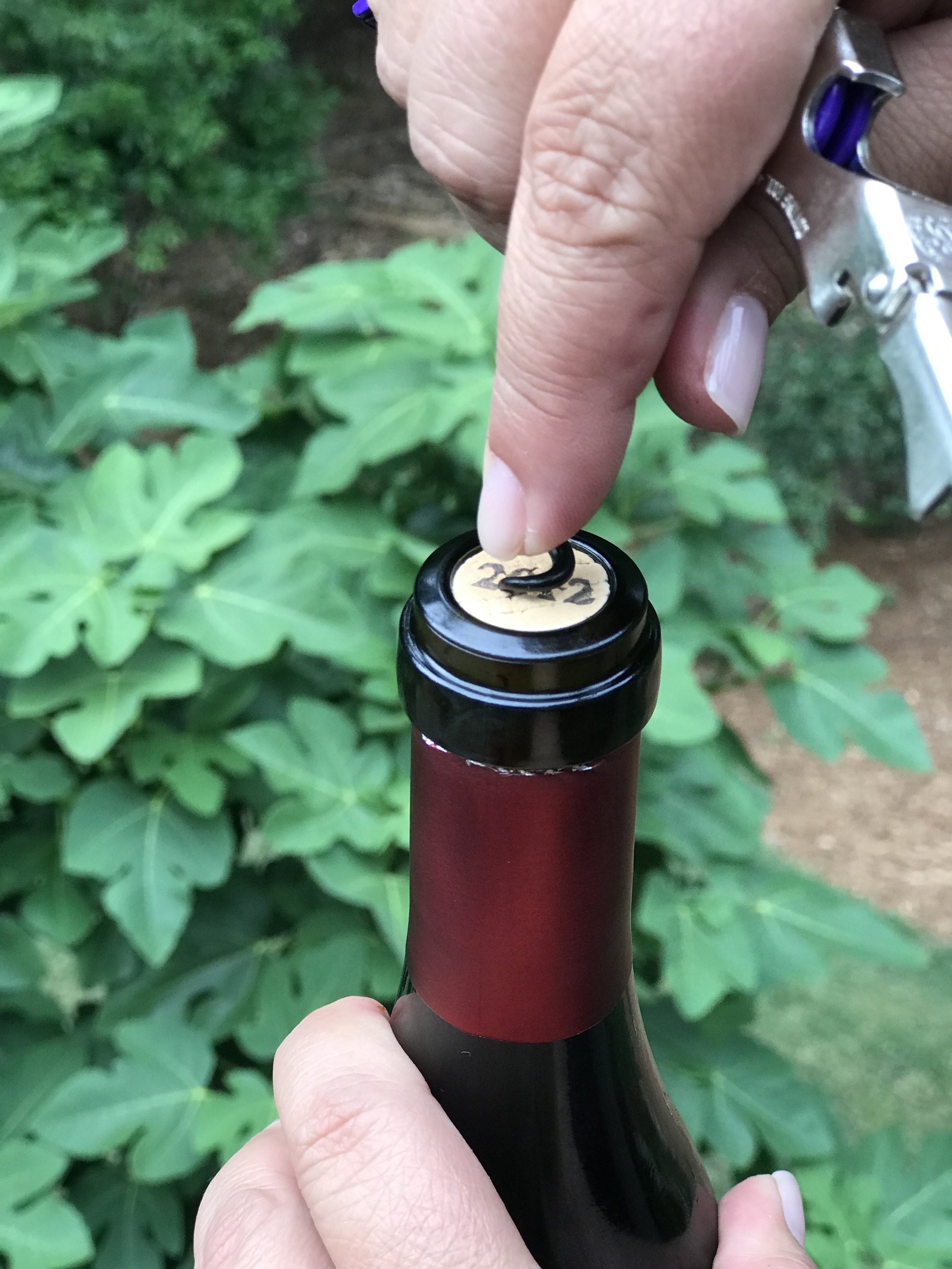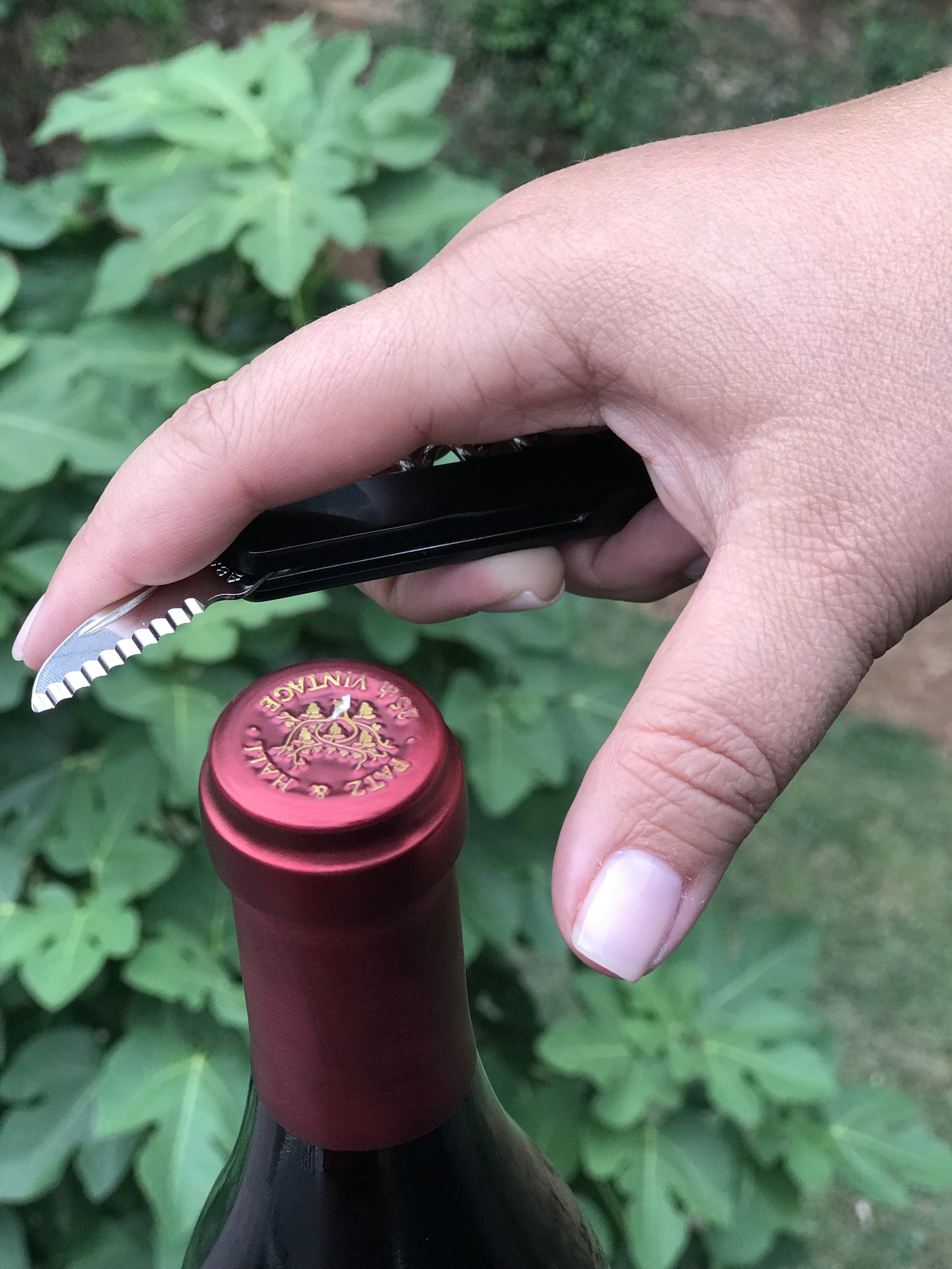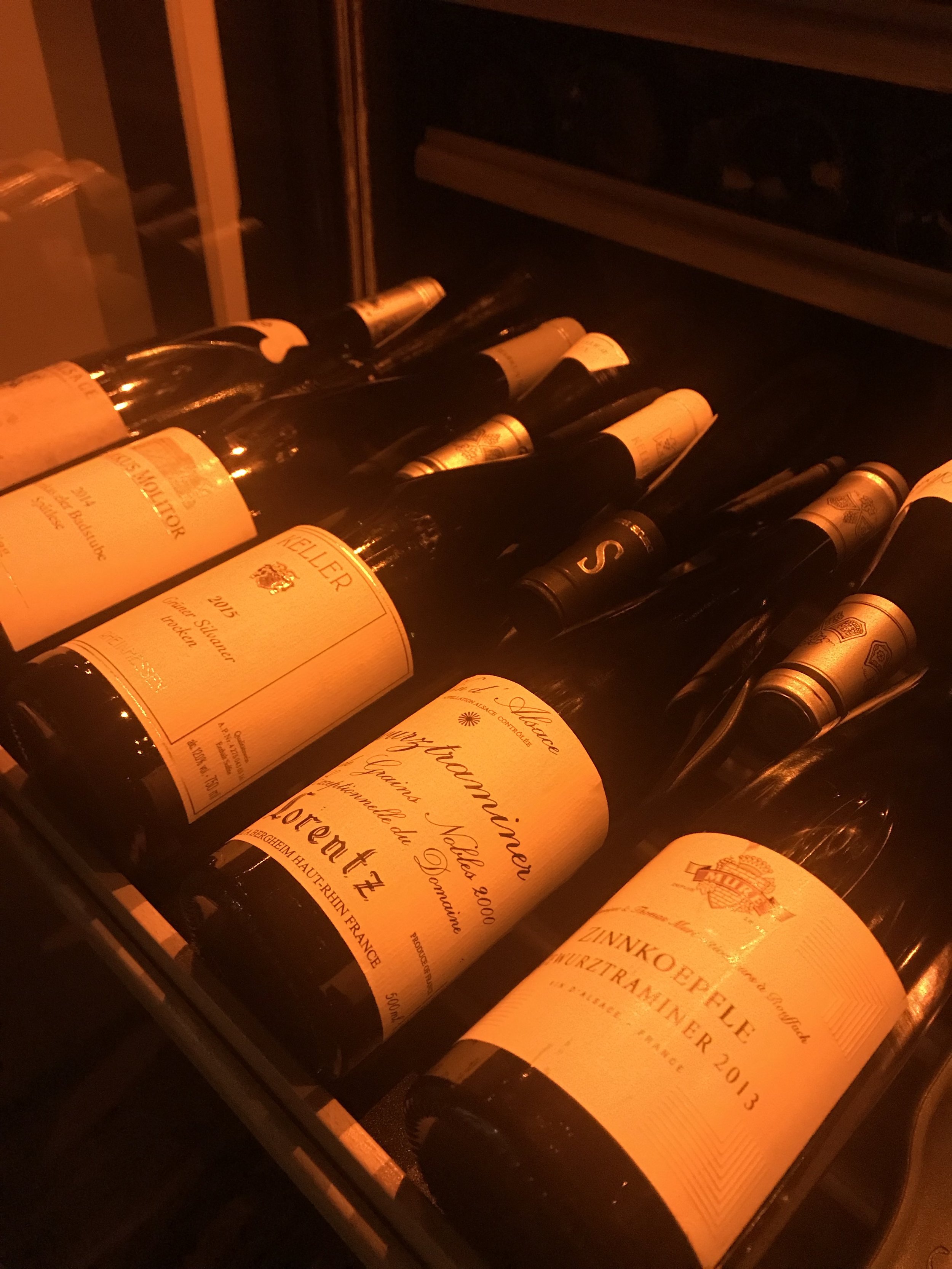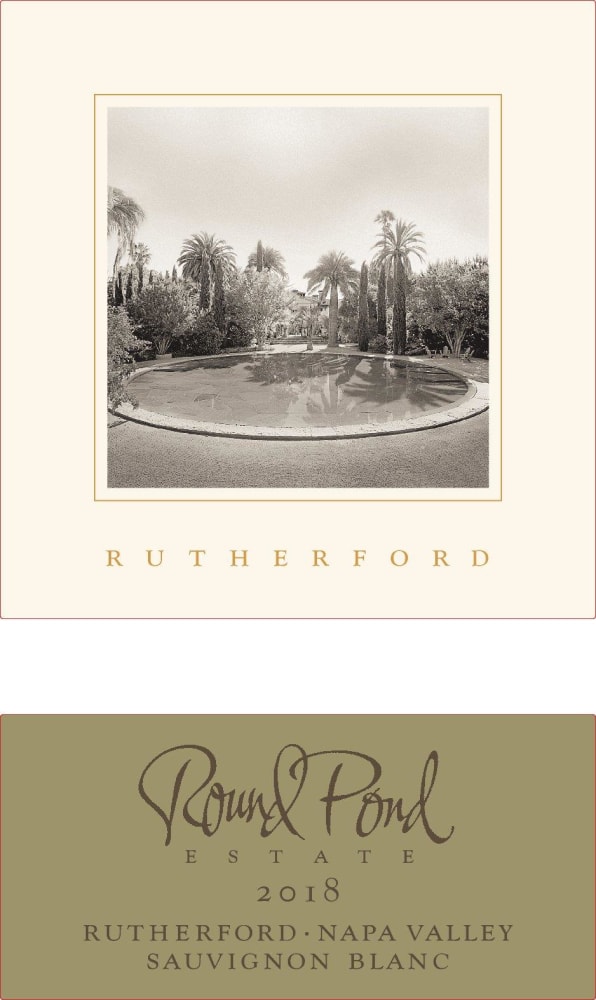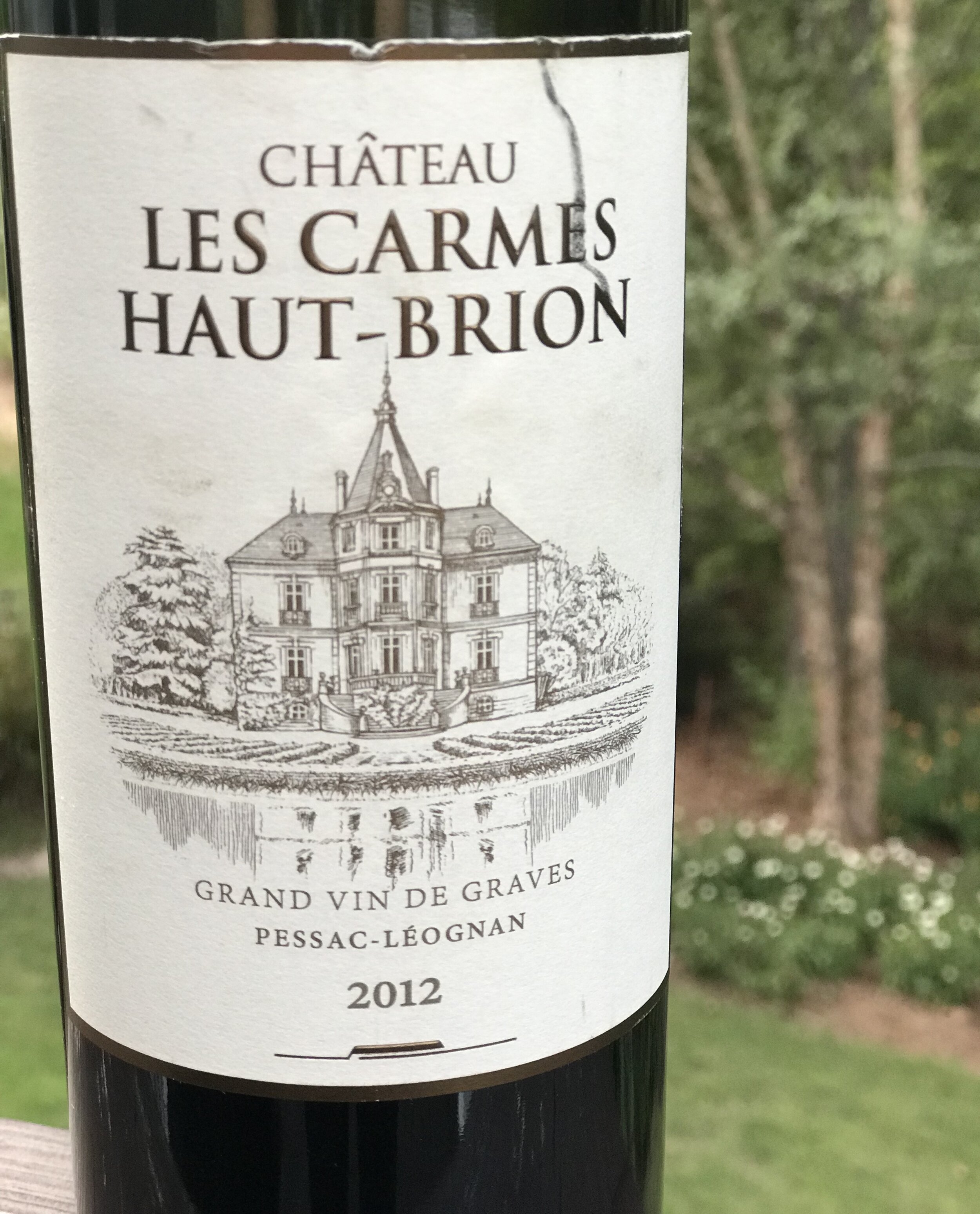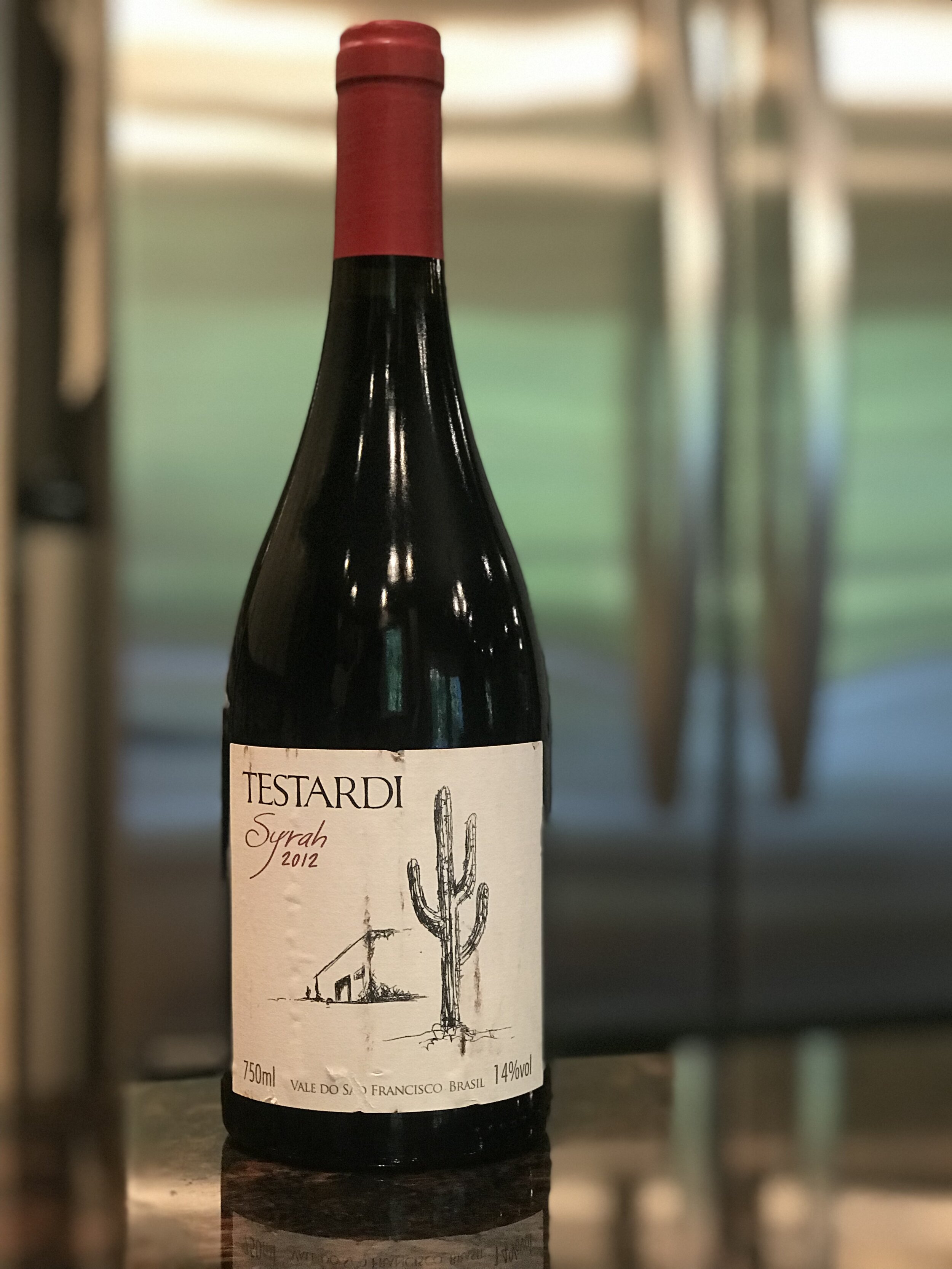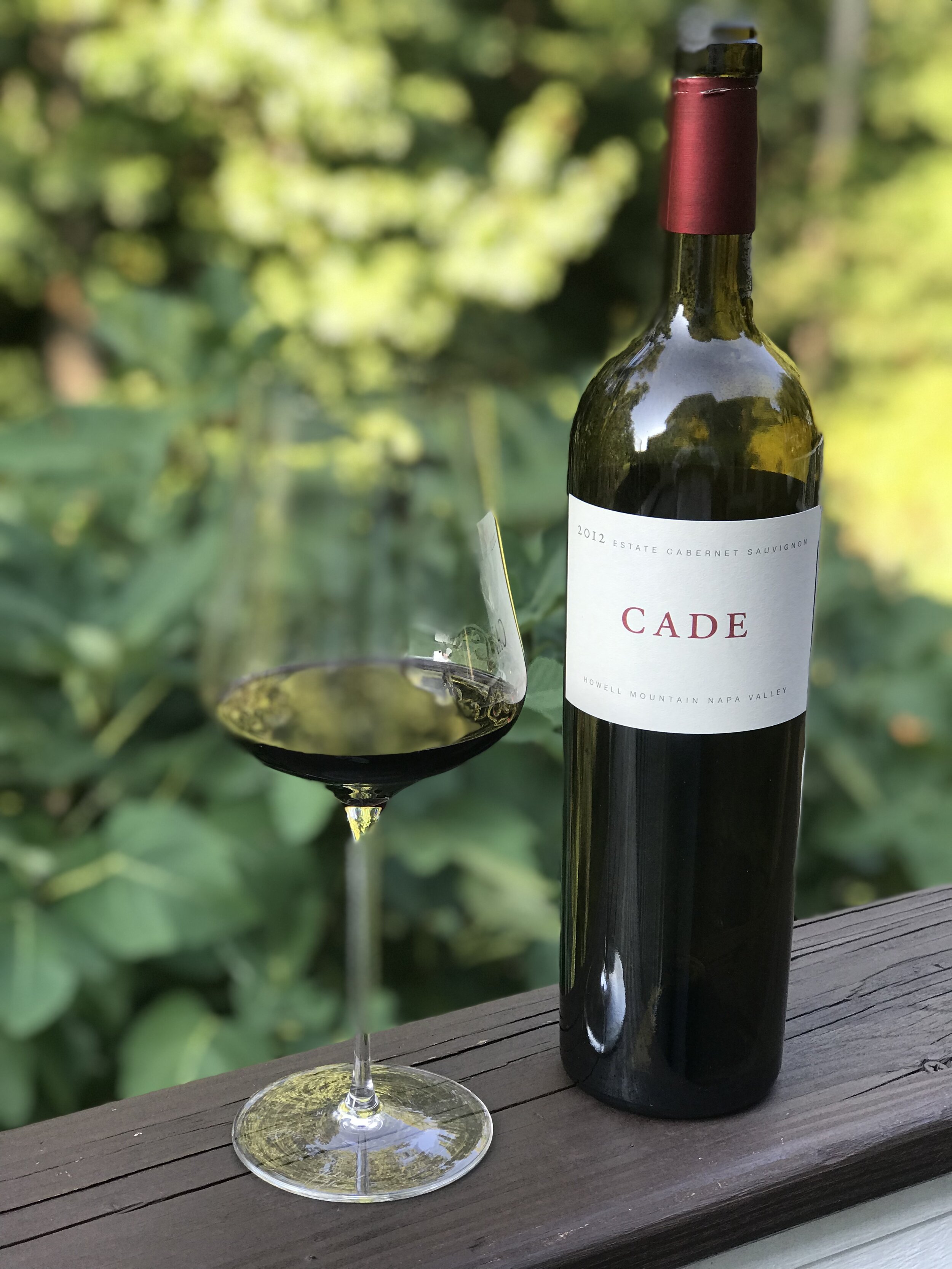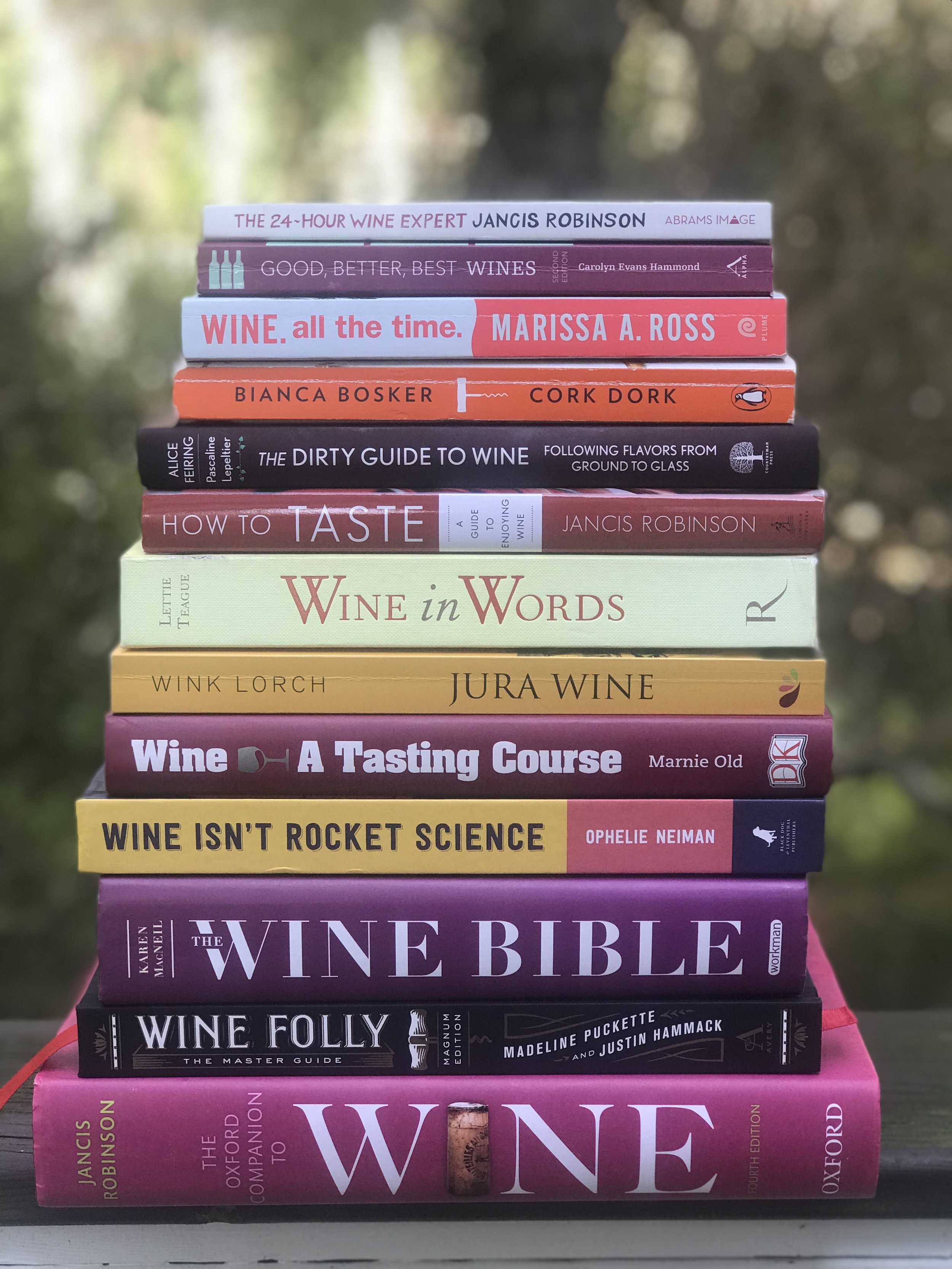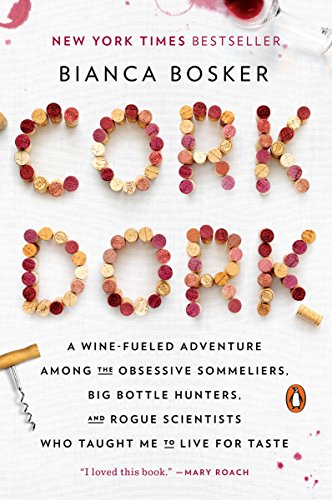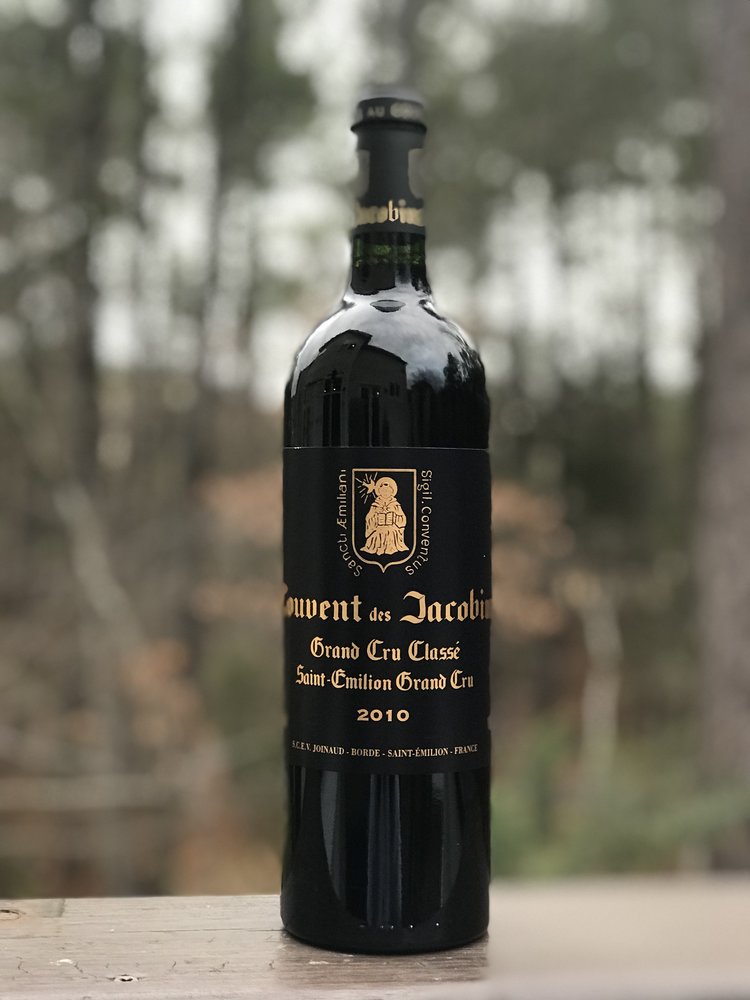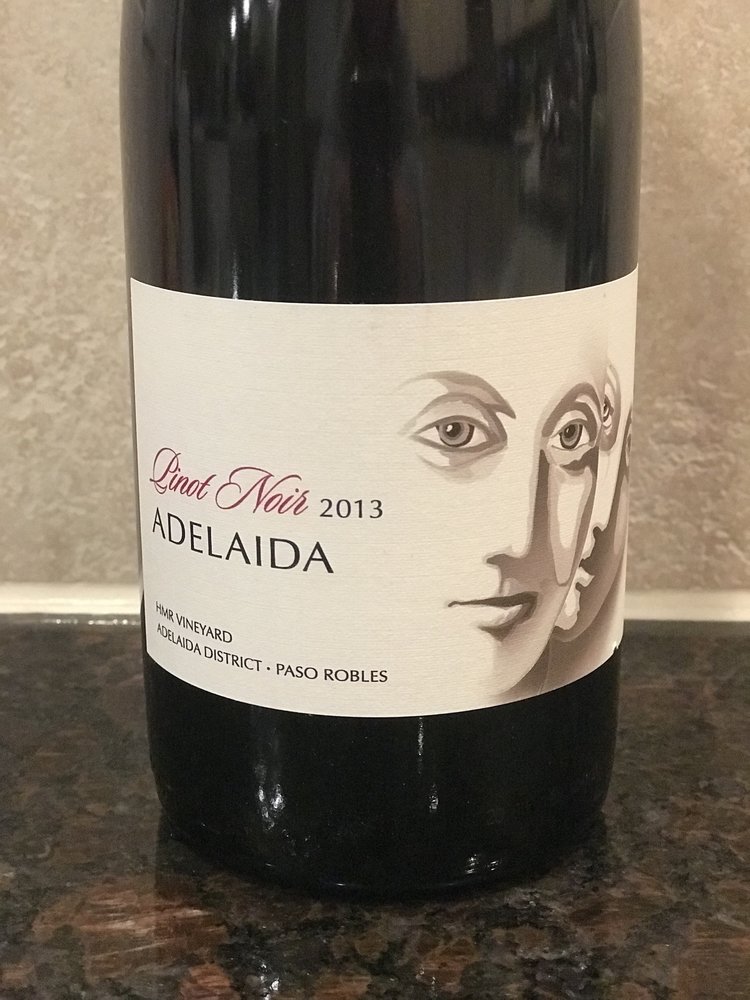When it comes to opening a bottle of wine, there are a lot of products out there that can do the job. Clever kitchen stores and gift shops market all types of wine openers to wine enthusiasts, either for our own use or as gifts. Don’t fall prey to all those cheap wine openers marketed to the home wine consumer.
When selecting a wine opener, consider the intended application to select the best wine opener:
Will you be traveling with the corkscrew?
Do you want to give the best wine key to a sommelier friend achieving her latest certification?
Are you simply looking for a perfect wine opener, one that won’t fail three months from now
Are you wanting a double-hinged wine key that will fit in your sister’s small hand?
Have you fallen for older wines (with their troublesome older corks!) and so need a traditional Ah-So style cork puller?
Before we share our list of 2022’s best wine openers, though, a little about the KnowWines blog. We’re an Amazon.com affiliate and we do receive a small commission if you purchase items through our affiliate links at no cost to you. The commissions help us pay for web hosting fees, our podcast, products to test, and other costs associated with running this site. Thank you for using our affiliate links and supporting this independent blog!
Opening a bottle of wine
Since the invention of the wine bottle and cork in the late 17th century, mankind has been designing and patenting tools for getting corks out of bottles.
Fast forward to today, where in the United States, about 80% of wine is purchased for home consumption. That means a lot of wine openers in American homes and a proliferation of different types of wine openers and names for these wine-freeing devices.
Corkscrew innovations are a lot like other kitchen innovations, over-engineered with cheap parts to appeal to the gadget junkie. They often end up collecting dust in the kitchen drawer. Alternatively, many corkscrews in the grocery store or hotel room are cheap knock-offs meant to be disposable.
Here, we’ve compiled a list of our favorite wine corkscrews for all wine consumers, from the best waiter’s corkscrew to the best high-tech version of a wine opener. These wine openers will appeal to casual users as well as serious enthusiasts and sommeliers.
And in case you need an opener for older bottles with fragile corks, we share with you our recommendation for a cork puller.
Last, we review one electronic wine opener for those with limited hand mobility or weak hands and or wrists.
Wine Opener Terminology
Hugger Waiter Corkscrew
What is a Waiter’s friend? Wine Key? Sommelier’s Knife? Butler’s Friend? Waiter’s Corkscrew?
Don’t be intimidated. These are all the same thing!
Based upon a German innovation dating back to the late 1880s, this device of many names has been a true friend to sommeliers, waiters, butlers, serious enthusiasts, and casual wine consumers alike. The design of a sommelier’s knife has not diversified too much since its inception.
We continue to return to this kitchen multi-tool as it is reliable, takes up limited space, and feels robust enough to stand up to the task of liberating that great liquid from the bottle.
The components of the wine key are the worm (metal helix), the handle, the boot-lever, the foil cutter, and optional bottle cap remover to remove the caps off of sodas or beer.
How To Use a Wine Key
Many wine opening devices on the market aim at simplifying the wine opening process. In practice, however, it is quite simple to use a wine key to open a bottle of wine. Most of us simply have not been trained on how to open a bottle of wine.
For an introduction (or refresher!) on wine service, including the use of the wine key to open the bottle, check out this video.
How To Open a Bottle of Wine with a Fragile Cork
Perhaps you have an older bottle and the cork just doesn’t look like it will hold together if you apply the force of the wine key worm to it. Or, perhaps you’ve used the waiter’s friend and $#*@!, the cork broke in half and now you are wondering how you are going to get the rest of the remaining cork out.
This is where the cork extractor or cork puller (also colloquially referred to as the Ah-So cork puller) comes in handy.
Check out this video on removing fragile corks from older wine bottles or retrieving the lodged piece of a broken cork.
When To Use An Electric Wine Opener
While we recommend the waiter’s friend for most wine opening experiences, we understand that they might not be easy to use for all wine enthusiasts.
We are all differently abled when it comes to manual dexterity. If you find removing the foil on the bottle, opening or closing the corkscrew, manipulating the worm and/or levering the cork out of the bottle painful or impossible, you may want to consider using an electric wine opener.
For our recommendation on the best electric opener, keep reading!
Our Wine Opener Recommendations
Best Waiter’s Friends
Hugger Waiter ABS Handle Corkscrew with Serrated Blade
Our favorite classic corkscrew—and of the best waiter’s corkscrews—is this Franmara Hugger from Italy. The worm is nickel-plated with an etched line running down the spiral. The stainless steel serrated knife cuts through foil easily. The ABS (Acrylonitrile Butadiene Styrene) handle is solid. ABS plastic is quite similar to the strong and smooth three-polymer plastic used in LEGO building blocks and computer keyboards.
The corkscrew also features a two-step boot lever. The wine opener is built like a tank, and fits in the hand like a comfortable knife.
This type of wine key is common in restaurants, wineries, and at catered events so home wine enthusiasts can rest assured that it will last a long time and can be replaced easily if lost. The matte finish of the handle gives it a classic look.
Pros:
The wine key’s larger size fits well in large hands
The serrated knife is large and can double for opening boxes
Cons:
Plastic handle might feel industrial to home users
The wine key’s larger size might feel too big in smaller hands
Pulltap's Genuine Classic 500 Double-Hinged Lever Waiters Wine Corkscrew Bottle Opener
Next up in best waiter’s corkscrews is Pulltap’s wine corkscrew from Barcelona, Spain. This one’s strong reputation for durability makes it one of the most replicated corkscrews, so beware of imitations with names similar to Pulltap!
The Pulltap has a solid body and a strong nickel-plated double-hinged lever. This body/handle has a smooth, ergonomic feel to it. The worm is Teflon coated, which makes it great for both natural and synthetic corks.
Pros:
Ergonomic handle great for opening a lot of wines at a time
Retractable Teflon coated worm good for natural and synthetic corks
This corkscrew is available in multiple colors including classic and trending colors
Cons:
Smaller sized handle not ideal for large or extra-large hands
The stainless steel foil cutter blade is a little on the small side
Laguiole en Aubrac Wine Opener with Juniper Handle
If you (or a lucky recipient) wants a handmade corkscrew from France, Laguiole wine openers come with a wide array of handles including bone, stone, and specialty woods. The metal components are forged in France in mills near Thiels. The craftsmen making these knives typically apprentice between one and three years. This may quite literally be the best corkscrew in the world.
Each individual knife is handmade by artisans from southern France and each is truly a piece of art. Laguiole is not a brand name, rather it is a generic name for a knife originating from Laguiole village. There are several markings on these knives that are of interest: a fly (la mouche) engraved on the springhead; a cross (Shepherd's cross) used by shepherds for prayer; and signature engraving on the spine of the knife, unique to the knife-maker.
Pros:
Handcrafted in France by skilled artisans
Corkscrew and foil cutter forged from Sandvik brushed stainless steel
Bragging rights to the “best corkscrew in the world!”
Con:
Can be a little “stiff” to use when new, making it difficult to use at first if you are opening a lot of bottles in an evening
Single pull corkscrew (some people prefer double-stage corkscrew)
Best Key Chain Bottle Opener
Munkees 3-in-1 Mini Keychain Corkscrew & Bottle Opener Tool with Knife
If you are looking for a well-made corkscrew to keep on your keychain (ideal for outdoor pursuits), the Munkees Mini Corkscrew might be the best small corkscrew for camping or thru-hiking. With this easy-to-carry 3-inch mini wine key, you will never again have to research “how to open a bottle of wine without a corkscrew.”
In addition to being a corkscrew on a chain, the device has a bottle cap opener and a sharp knife. The tip of the corkscrew is secured and covered by the bottle cap opener.
Pros:
Small size
Can carry on a keychain
30-day free return
Cons:
Does not have double-action or single-action lever - will need to use brute force to pull the cork out with the T-handle.
Best Cork Puller
Monopol Westmark Germany Steel Two-Prong Cork Puller with Cover
This cork puller is great when you need to uncork old vintage wine. These two-prong cork pullers go by many names, including Ah-So cork puller, Butler’s Thief, Butler’s Friend, or Ah-So style Waiter’s Friend.
To use one of these cork extractors, simply use a knife or foil cutter to remove the foil from the top of the wine bottle. Hold the neck of the bottle firmly and insert the longest prong onto one side of the cork between the cork and the inside neck of the bottle, followed by the shortest prong. Wiggle the extractor prongs while pushing downwards on the hand. Once the cork puller prongs are firmly tweezing the cork, slowly turn the cork puller while holding the bottle to extract the cork.
This particular cork puller is made in Germany and comes in an esthetically pleasing little black box with plush interior, making it a great gift. The steel prongs and die cast metal ergonomic handle and cover means it will likely outlast all of us! It comes with a five-year warranty.
Pros:
Cork is not damaged during extraction, reducing the chances that little bits of cork crumbs fall into the bottle
Easy to clean
Low profile, making it one of the best small corkscrews for travel.
Cons:
Requires a little wiggling and pulling, which might be difficult for some with carpal tunnel or other wrist dexterity challenges
Best electric wine opener
Electric Wine Opener Rechargeable Automatic Corkscrew Wine Bottle Opener with Foil Cutter & USB Charging Cable Stainless Steel by Flasnake
While at KnowWines we prefer the classic styles of the waiter’s friend and cork extractors, we know that some wine consumers want or need an electric wine opener. If you suffer from carpal tunnel, wrist pain, a broken arm, or have use of only one hand, classic wine openers won’t suffice.
In an electric wine opener, we looked for ease of use, sleek design aesthetics, noise level, and warranty.
This wine opener is very easy to use. One simply needs to cut the foil using the included (free!) foil cutter, then use the down and up arrows on the electric wine opener to first insert the screw then retract the cork from the bottle. We also liked the energy efficiency of the device - one can open up to 80 bottles on one full charge!
Pros:
Attractive beige box - great for gift-giving
Quiet
Contemporary stainless steel housing
Pretty blue and red lights light up during operation
Takes 100 - 240 V
The Wine Bottle Opener Round-Up
For almost all bottle opening applications, the classic Waiter’s Friend corkscrew will suffice.
When selecting the best bottle opener, consider the user and the situation(s) in which bottles will be opened.
In the wine bar and restaurant community, you’ll find our first two picks for good reasons. The Hugger has the feel of a good multi-purpose chef’s knife, while the Pulltap feels like a great paring knife. They are a good balance of cost and quality - if you lose one, it isn’t the end of the world.
For those looking for a gift for a serious wine collector or a sommelier achieving his/her most recent wine award, the Laguiole wine opener is a lifetime investment and celebration of enduring craftsmanship.
Outdoor enthusiasts and college students will find the Monkees corkscrew and bottle combination with keychain a practical tool.
And for those who love the ease of use of an electronic wine opener, who may be suffering from carpal tunnel or arthritis, the Flasnake Electronic Wine Opener is a great choice.
We hope this blog helps you choose just the right corkscrew for yourself or a friend. For more great wine gift ideas, check out our ultimate guide to gifts for wine lovers.
Cheers!

